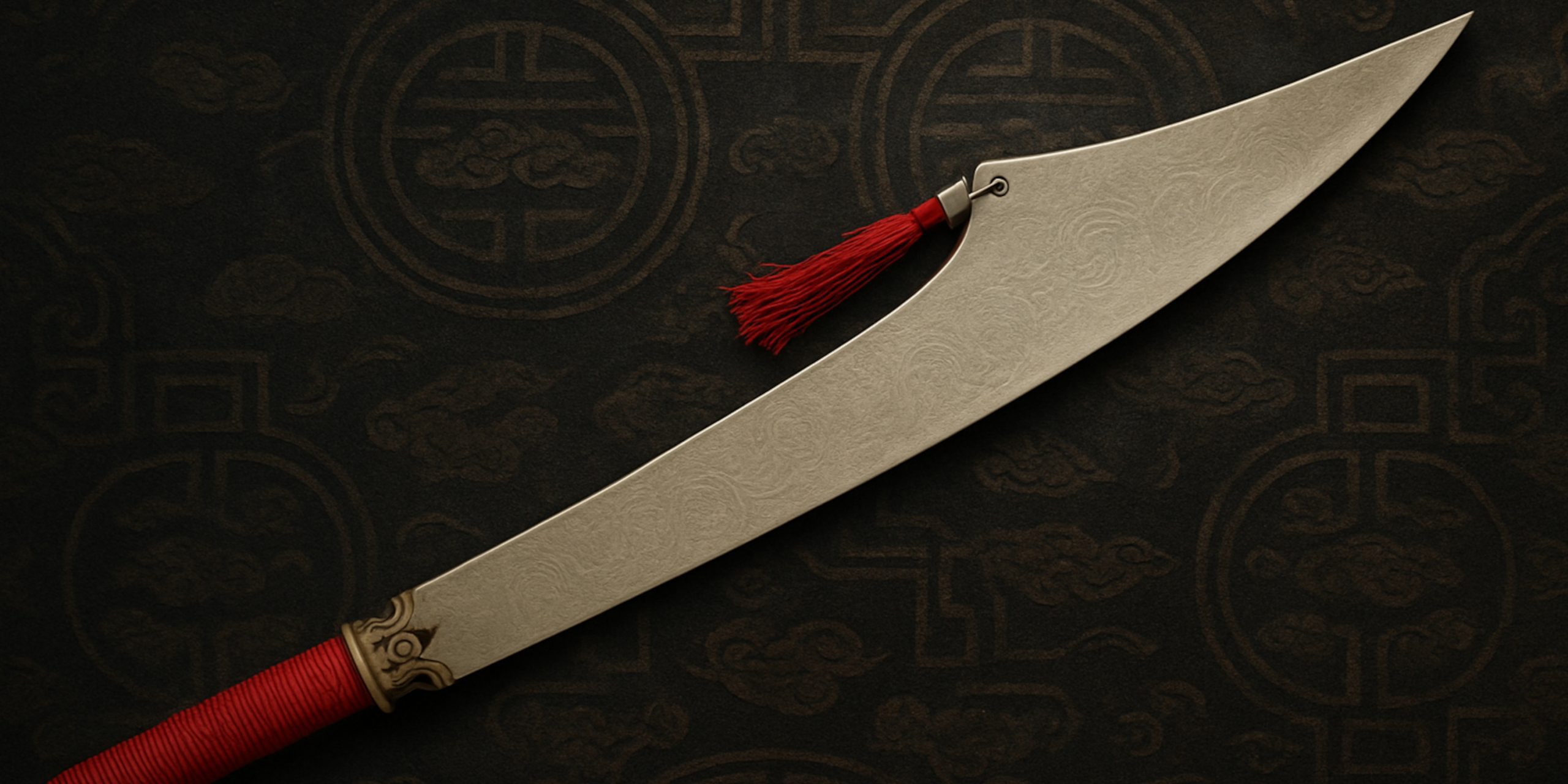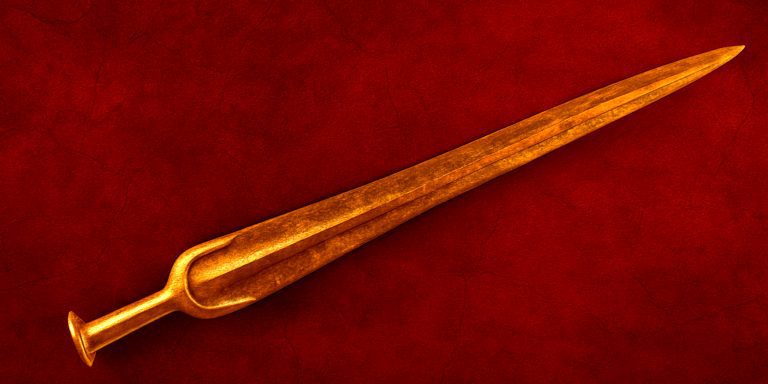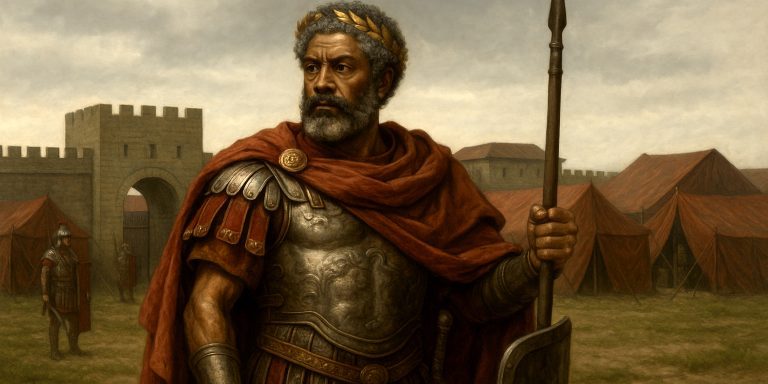
The Pu Dao (鋪刀) is a traditional Chinese polearm known for its curved single-edged blade mounted on a long shaft. Often referred to as the “horse-cutter sword” due to its original battlefield purpose, the Pu Dao blends the slashing power of a sword with the reach of a polearm. Though not as commonly used as the dao or jian in Chinese military history, it has gained attention for its distinctive form and practical training applications in modern martial arts.
Specifications
| Feature | Detail |
|---|---|
| Blade length | Typically 30 to 40 inches (76 to 102 cm) |
| Total length | Around 5 to 6 feet (150 to 180 cm) |
| Blade type | Single-edged, curved |
| Shaft material | Wood (often hardwood), sometimes metal |
| Weight | 2 to 4 kg depending on construction |
| Mounting | Tang inserted into shaft and reinforced |
The design resembles a large dao or guandao but lacks the weight and elaborate ornamentation of the latter.
History and Evolution
The Pu Dao emerged in the later imperial period of Chinese history and saw use among infantry units, particularly during the Ming and Qing dynasties. While references to horse-cutting swords appear earlier in Chinese military texts, the Pu Dao in its known form developed as a response to the need for versatile, anti-cavalry infantry weapons.
It was rarely used in large-scale battle formations but served well in close-quarter engagements and urban skirmishes. Over time, the weapon transitioned into a training tool in martial arts schools, where its size and weight built strength and control in practitioners.
During the Republican era and into the 20th century, the Pu Dao became a staple of wushu routines and military drills in some units, though more symbolic than practical by then.
Advantages and Disadvantages
Advantages:
- Reach: Excellent range for slashing at mounted enemies or opponents outside normal sword distance.
- Power: The blade’s weight and curvature generate strong chopping force.
- Simplicity: Easier to produce and repair than more complex polearms or two-part weapons.
Disadvantages:
- Limited versatility: Less effective for thrusting or close grappling.
- Training required: Balance and control can be difficult without proper handling.
- Cumbersome indoors: Its length limits use in confined spaces.
Comparison with Similar Weapons
| Weapon | Key Differences |
|---|---|
| Guandao | Heavier and more elaborate, often associated with cavalry use and ceremonial purposes. The Pu Dao is lighter and more suited to infantry. |
| Zhanmadao | A two-handed long sword rather than a polearm; both intended for anti-cavalry use but the Zhanmadao was used more in direct melee. |
| Naginata (Japan) | Similar form and function, though the naginata typically has a more tapered blade and evolved within a different martial context. |
| Glaive (Europe) | Both polearms with curved blades, but the glaive usually features a straight shaft and more narrow blade. |
Legacy
While not as iconic as other Chinese weapons like the dao, the Pu Dao holds a respected place in martial arts traditions, particularly in Northern Shaolin, contemporary wushu, and military schools during the Republican period. Its enduring legacy is more pedagogical than historical, serving to preserve traditional Chinese combat principles.
It is also commonly referred to in English as a “Chinese halberd” or “long-handled sabre,” although these terms can be misleading due to structural differences from European or other Asian halberds.
Where to See
Several examples of Pu Dao can be viewed in museums and cultural institutions across China and abroad:
- Capital Museum, Beijing – Qing and Republican-era variants with ornate fittings.
- Henan Museum – Exhibits highlighting weapons used in northern China.
- British Museum, London – Occasionally featured in rotating displays of Chinese martial weaponry.
- Martial arts academies – Functional replicas used for demonstration and instruction.
Collector’s Guide and Auction Prices
Collecting Considerations:
- Authenticity: Verify provenance, especially for Qing or Republican-era items.
- Condition: Wooden shafts may deteriorate; original fittings increase value.
- Rarity: Less common than dao or jian in both museum and private markets.
Typical Auction Prices (Recent Sales):
| Type | Estimated Value (GBP) |
|---|---|
| Qing Dynasty Pu Dao (restored) | £2,500 – £4,000 |
| Republican Era military trainer | £800 – £1,200 |
| Wushu-era stainless steel versions | £100 – £300 (not collectible) |
| Custom reproductions (functional) | £200 – £600 |
High-quality antiques are rare due to the perishable nature of wooden shafts and the weapon’s limited use in formal settings. Modern reproductions, however, remain popular for training and decorative purposes.
If you’re looking for a weapon that sits at the intersection of historical Chinese warfare and martial training, the Pu Dao is a compelling yet underappreciated piece. Though it never dominated battlefields, its endurance in martial tradition speaks to its functional design and the cultural value of disciplined practice.



